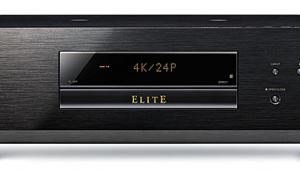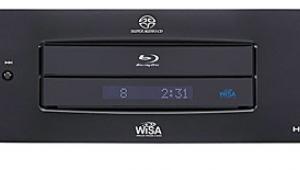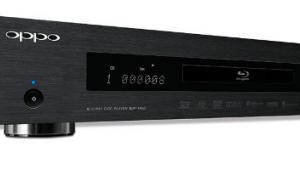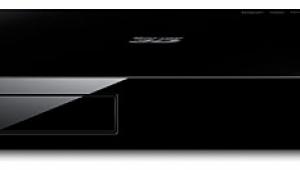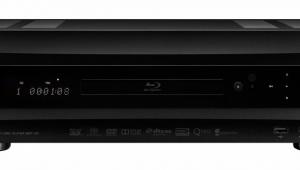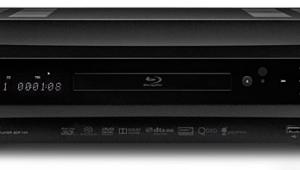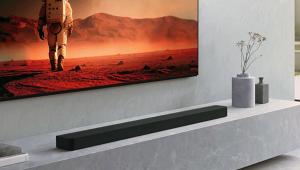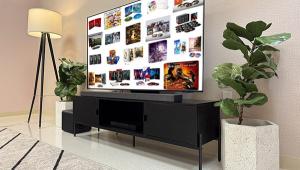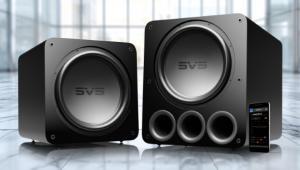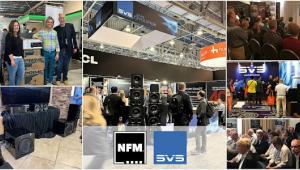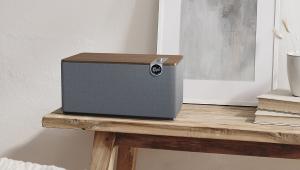LG BD690 Blu-ray 3D Player

History has a way of repeating itself, and we’re beginning to see similarities between Blu-ray and DVD. While Blu-ray’s penetration rate will probably never equal DVD’s, the prices of hardware and software are now dropping to levels that don’t turn off the average consumer. But is this necessarily a good thing? With DVD, you bought the player, and it pretty much worked until it dropped. With a Blu-ray player, you need to update the firmware the moment you unbox it, and this event repeats itself quarterly to accommodate quirky BD+ copy protection on new disc releases. Then there are the firmware updates gone awry—the occasional “fix” that introduces more problems than it solves. When that happens, a company’s ability to respond to trouble becomes critical. But if the manufacturers don’t make enough money selling players, they can’t easily justify the timely updates and prompt service their customers deserve. While I love a great bargain as much as the next guy, it’s also important to consider the manufacturer’s record of after-purchase support.
Based in South Korea, LG Electronics continues to be one of the world’s most innovative manufacturers of Blu-ray players. Last year’s BD590 (Home Theater, July 2010) was the first Blu-ray player to include a built-in 250gigabyte hard drive. This let consumers rip their CD collection onto the player for easy access.
It included Wi-Fi when many players didn’t, and users could stream music and video from a USB drive or over their home network, another feature that was still uncommon at the time. Furthermore, the player boasted a bevy of streaming options such as Netflix, Vudu, and CinemaNow, along with instant access to Gracenote’s vast database of movies and music, plus a button on the remote that let users look up content information.
Much of the Same
After the BD590, LG upped the ante with this year’s BD690, which includes all of last year’s features plus the addition of Blu-ray 3D and more streaming options.
It looks very similar to last year’s model, sporting the same sleek flip-down front panel that hides the disc tray and most of the control buttons (except for Eject and Power). Underneath the panel are the Play, Stop, and other transport buttons, as well as the sole USB port. The right-sized information display is plenty bright and is clearly readable from across the room, but unfortunately, it’s not dimmable.

Rear connections include one HDMI 1.4 port for Blu-ray 3D compatibility, plus component and composite video outputs. For audio, there’s optical TosLink, coaxial digital, and stereo analog. Absent are 7.1 analog audio outputs for owners of legacy AVRs without HDMI, but as time goes on, this is becoming less important. The BD690 includes an Ethernet jack for hardwiring to your network, or you can connect to the Internet using the built-in 802.11n Wi-Fi.
The BD690 can internally decode Dolby TrueHD and DTS-HD Master Audio and send it via HDMI as multichannel PCM to an A/V receiver or surround processor. Or you can send the raw bitstream to a compatible device if you want to see the appropriate logo light up on your rig. Comparing the two methods yields no meaningful audio difference, although if you choose the bitstream option, you’ll lose the secondary audio with PiP commentaries and the button sounds in Blu-ray menus.
User Interface and Setup
One of my biggest gripes against the BD590 was its poisonously slow user interface. Sadly, the same issue applies to the BD690. The player boots up quite fast, but once you reach the main screen, navigating among the options is quite frustrating due to the slow reaction to remote commands. The main screen icons are labeled Movie, Photo, Music, Premium, LG Apps, and Setup. To find Netflix or the other streaming services, you have to venture into the Premium area, and it takes about 10 seconds to load the different service icons on the screen. Along with Netflix, the player offers 20 different services, including Vudu, Amazon VOD, YouTube, Pandora, Mog, and even Google Maps.
The Netflix interface is the latest incarnation, which includes the ability to search for titles and add them to your instant queue without the use of a computer. This interface debuted on Sony’s PlayStation 3 and is slowly migrating to other platforms—thankfully. However, you’ll still need access to a computer to pair the player with your Netflix account (as with many of the other streaming services). The video quality of Netflix streams has shown an improvement in recent months, but the audio feed is only Dolby 2.0 versus Dolby Digital Plus 5.1 on the PS3. Hopefully, this will spread to other devices at some point as well. As you may know, Netflix is a subscription service, and in addition to its disc-by-mail option, it now offers a streaming-only option for $7.99 per month.
If you’re a stickler for quality, then you’ll simply love Vudu’s HDX streams. In addition to 1080p video, you get Dolby Digital Plus 5.1 soundtracks (640 kilobits per second) on most movies as long as you have a minimum 4.5-megabyte-per-second Internet connection. If you’re new to Vudu, you get a free movie to stream when you first activate the player. It’s a great way to sample the service. The other services on the player vary in quality, but I have to say that the YouTube interface is one of the worst I’ve used. It takes forever to load.
Player setup and network configuration are a breeze, with the usual assortment of options for display, language, audio, and network. Supported video outputs include 1080p (24 or 60 frames per second for HDMI), 1080i, 720p, 480p, and 480i (component output only). You can even choose the HDMI Color Setting (Y/Cb/Cr or RBG). There’s also an option to enable/disable 3D output, so if you have a 3D display, you’ll want to make sure to turn this on before you pop in a Blu-ray 3D disc.
Audio configuration consists of choosing PCM Multi-Chan for internal decoding or Primary Pass-Thru for bitstream. If you aren’t HDMI equipped, it’s time for an upgrade. But if you’re still feeling the effects of the Great Recession and are forced to use either the TosLink or coaxial output, the BD690 offers a DTS re-encode feature that will decode the lossless formats and re-encode them as high-bitrate DTS streams to your AVR.

